Cats are often perceived as aloof creatures, but is there more to their furry hearts than meets the eye? Imagine a cat curling up in your lap, purring contentedly, while ignoring everyone else in the room. Is this behavior a sign of emotional attachment to just one person? This intriguing question has sparked the curiosity of many cat lovers and experts alike. Let’s delve into the mysterious world of feline emotions and discover whether cats truly form special bonds with a single human.
The Myth of the Independent Cat
Cats have long been labeled as independent animals, often portrayed as self-sufficient and detached. This stereotype might lead one to believe that cats don’t form deep emotional connections. However, just like humans, cats have their own personalities and preferences. Some cats may indeed prefer solitude, but others can develop strong attachments to their human companions. The myth of the independent cat doesn’t always hold true, as many cat owners can attest to the affectionate nature of their feline friends.
Understanding Feline Attachment
Feline attachment is a complex phenomenon that varies from cat to cat. While some cats may seem indifferent, others exhibit behaviors that suggest a deep emotional bond. Attachment in cats is often expressed through actions such as following a person around, vocalizing, or seeking physical closeness. These behaviors indicate that cats, much like dogs, are capable of forming strong emotional connections with humans. Understanding feline attachment requires observing these subtle cues and recognizing the unique ways cats show affection.
The Role of Early Socialization
The early socialization period is crucial in shaping a cat’s attachment style. Kittens that are exposed to positive human interactions during their formative weeks tend to develop stronger bonds with people. This period, typically between two to nine weeks of age, is when kittens learn to trust and interact with humans. Cats that miss out on this critical socialization window may be more reserved or fearful, affecting their ability to form attachments later in life. Early socialization sets the foundation for a cat’s emotional connection with humans.
Signs of a Special Bond
How can you tell if a cat has formed a special bond with one person? There are several signs to look out for. A cat may choose to sit on or near a particular person, purring and kneading contently. They might follow this person from room to room, seeking their attention and companionship. Additionally, a cat may exhibit protective behaviors, such as hissing or growling at strangers who approach their favorite human. These actions suggest a level of attachment that goes beyond mere familiarity.
The Influence of Personality
Just like people, cats have distinct personalities that influence their social interactions. Some cats are naturally more sociable and affectionate, while others are more reserved. A cat’s personality can significantly impact their attachment style. For instance, a friendly and outgoing cat may form attachments with multiple people, while a shy or introverted cat might prefer the company of just one trusted human. Understanding a cat’s personality helps explain why they may be drawn to a specific individual.
The Human Factor
The relationship between a cat and their human companion is a two-way street. The way a person interacts with a cat can greatly influence the bond that forms. Consistent, positive interactions, such as gentle petting, playtime, and feeding, can strengthen the attachment. Conversely, negative experiences or inconsistent behavior may hinder the development of a strong bond. Cats are perceptive creatures, and they often gravitate towards individuals who provide them with comfort and security.
The Impact of Routine
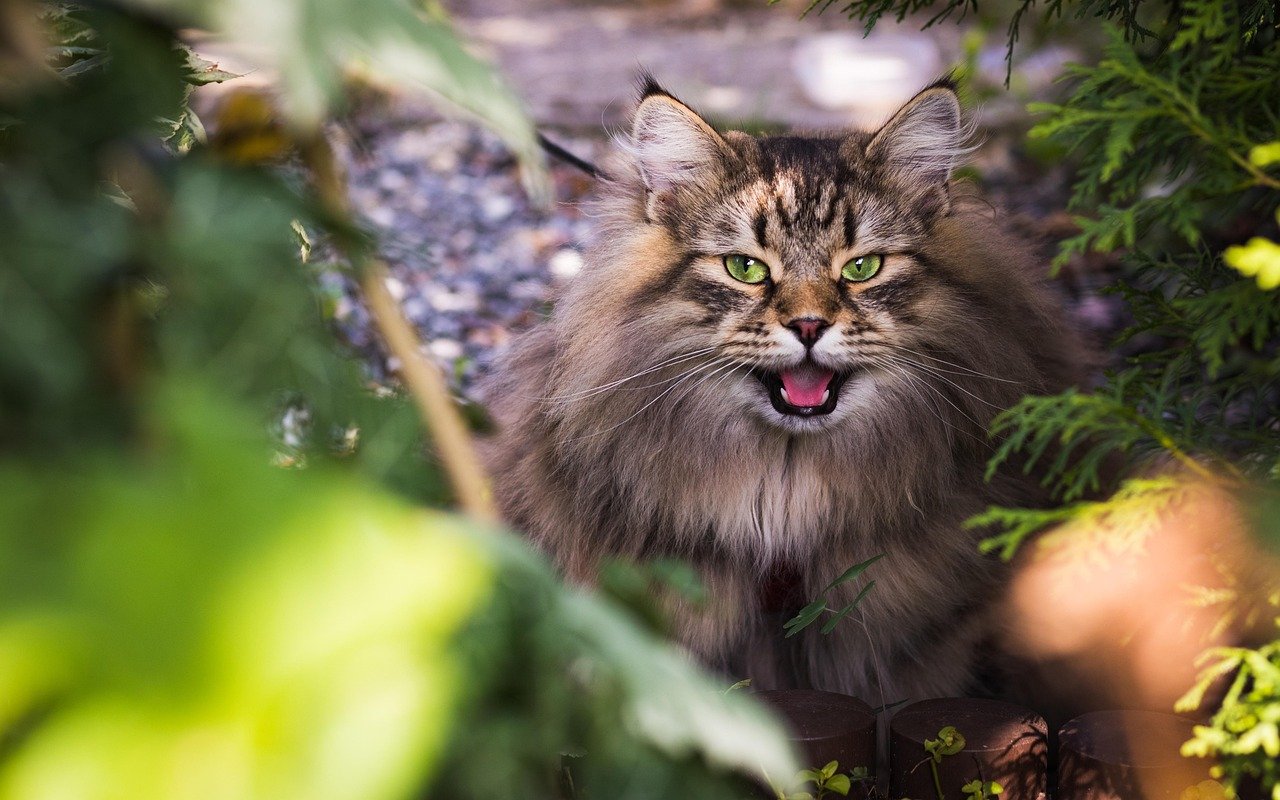
Cats are creatures of habit, and they thrive on routine. A consistent daily schedule can contribute to a cat’s attachment to a particular person. Feeding, playtime, and grooming are all opportunities for bonding. When a cat associates these activities with a specific individual, they may develop a preference for that person. Routine provides a sense of stability and predictability, which can enhance the emotional connection between a cat and their chosen human.
Attachment Styles in Cats

Cats, like humans, can exhibit different attachment styles. Some cats are securely attached, feeling comfortable and confident in their relationship with their human. Others may display anxious or avoidant attachment, characterized by clinginess or aloofness. These attachment styles are influenced by a variety of factors, including early experiences, personality, and the quality of interactions with humans. Recognizing a cat’s attachment style can help owners better understand and nurture their feline friend.
The Role of Scent
Scent plays a significant role in a cat’s world and can influence their attachment to a person. Cats have a highly developed sense of smell, and they use scent to identify and bond with their surroundings. When a cat rubs their face against a person, they are marking them with their scent, signifying a sense of ownership and attachment. This behavior is a clear indication that a cat feels comfortable and connected to their chosen human.
Communication Through Body Language
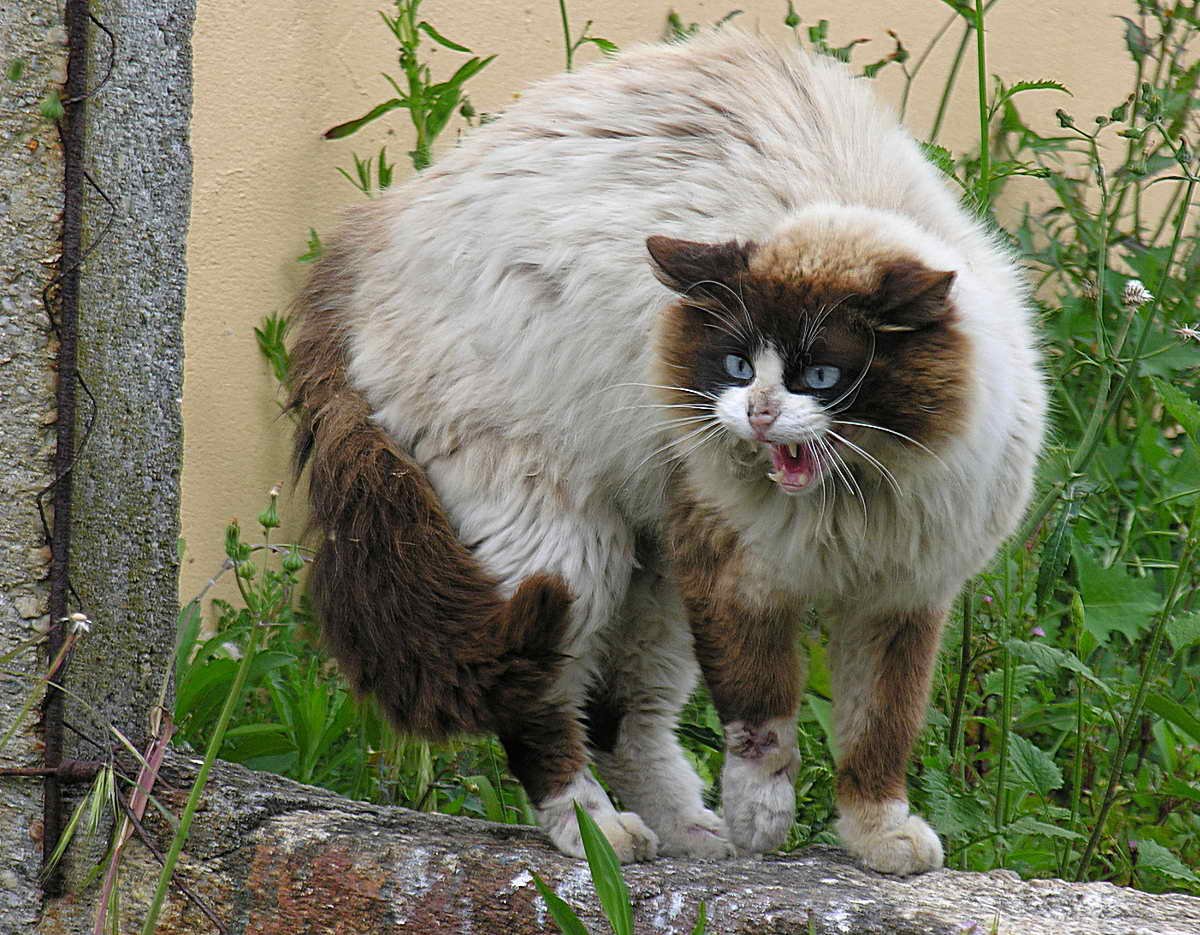
Cats communicate their emotions and attachments through body language. A cat’s tail, ears, and eyes can provide valuable insights into their feelings towards a person. A relaxed tail, slow blinking, and gentle head butts are all signs of affection and trust. Paying attention to these non-verbal cues can help cat owners understand the depth of their pet’s attachment and respond accordingly.
When Cats Show Preference
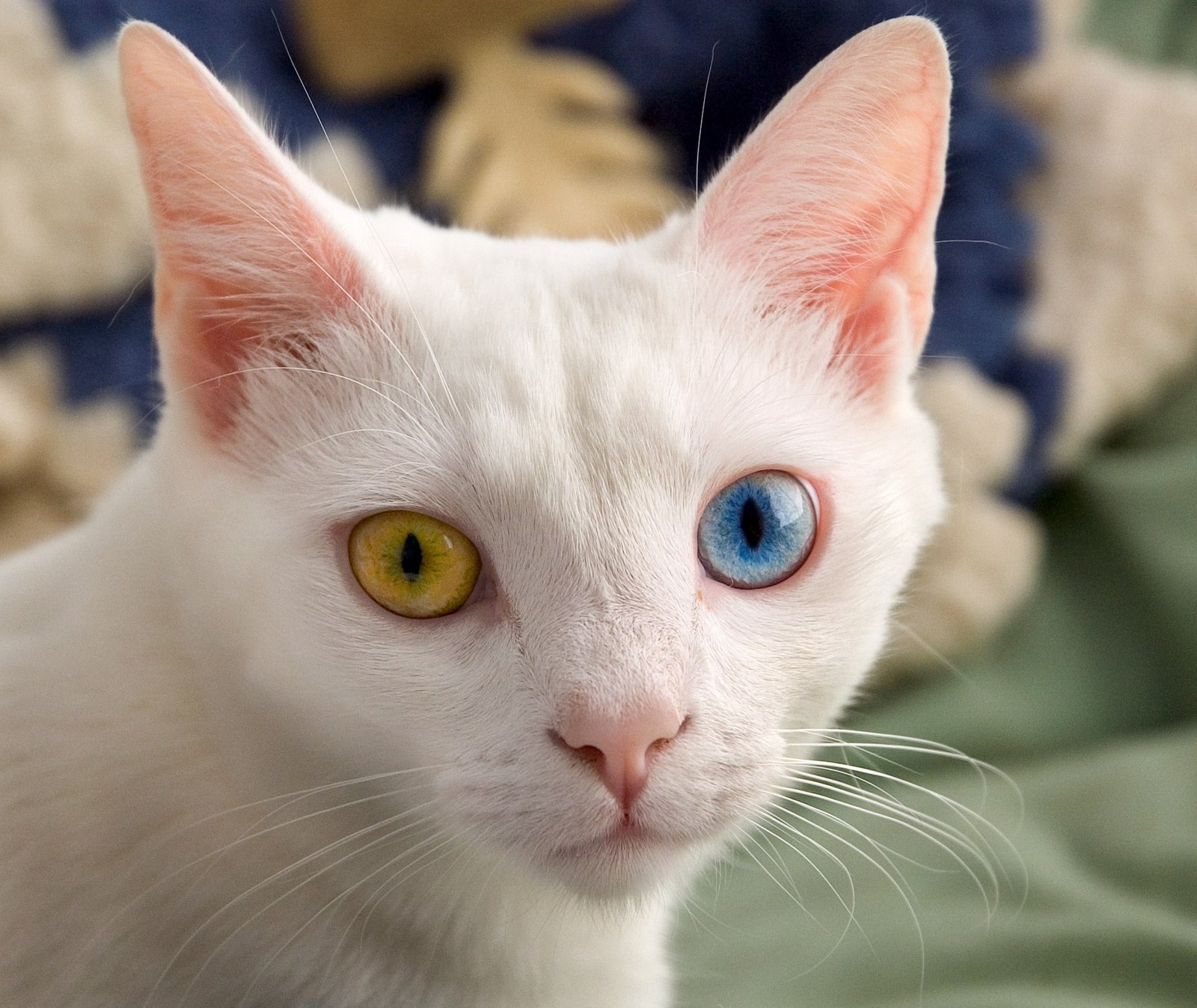
It’s not uncommon for cats to show a preference for one person over others. This preference can be influenced by various factors, including the individual’s scent, voice, or behavior. Cats may be drawn to someone who provides them with food, attention, or comfort. While this preference might be puzzling to other household members, it is often a testament to the unique bond that has formed between the cat and their chosen human.
The Science Behind Feline Attachment
Research into feline attachment has revealed fascinating insights into the emotional lives of cats. Studies have shown that cats can form secure attachments to humans, similar to the bonds between human infants and their caregivers. These findings challenge the notion that cats are solitary creatures and highlight their capacity for emotional connection. Understanding the science behind feline attachment helps debunk myths and fosters a deeper appreciation for our feline companions.
The Emotional Benefits of Attachment
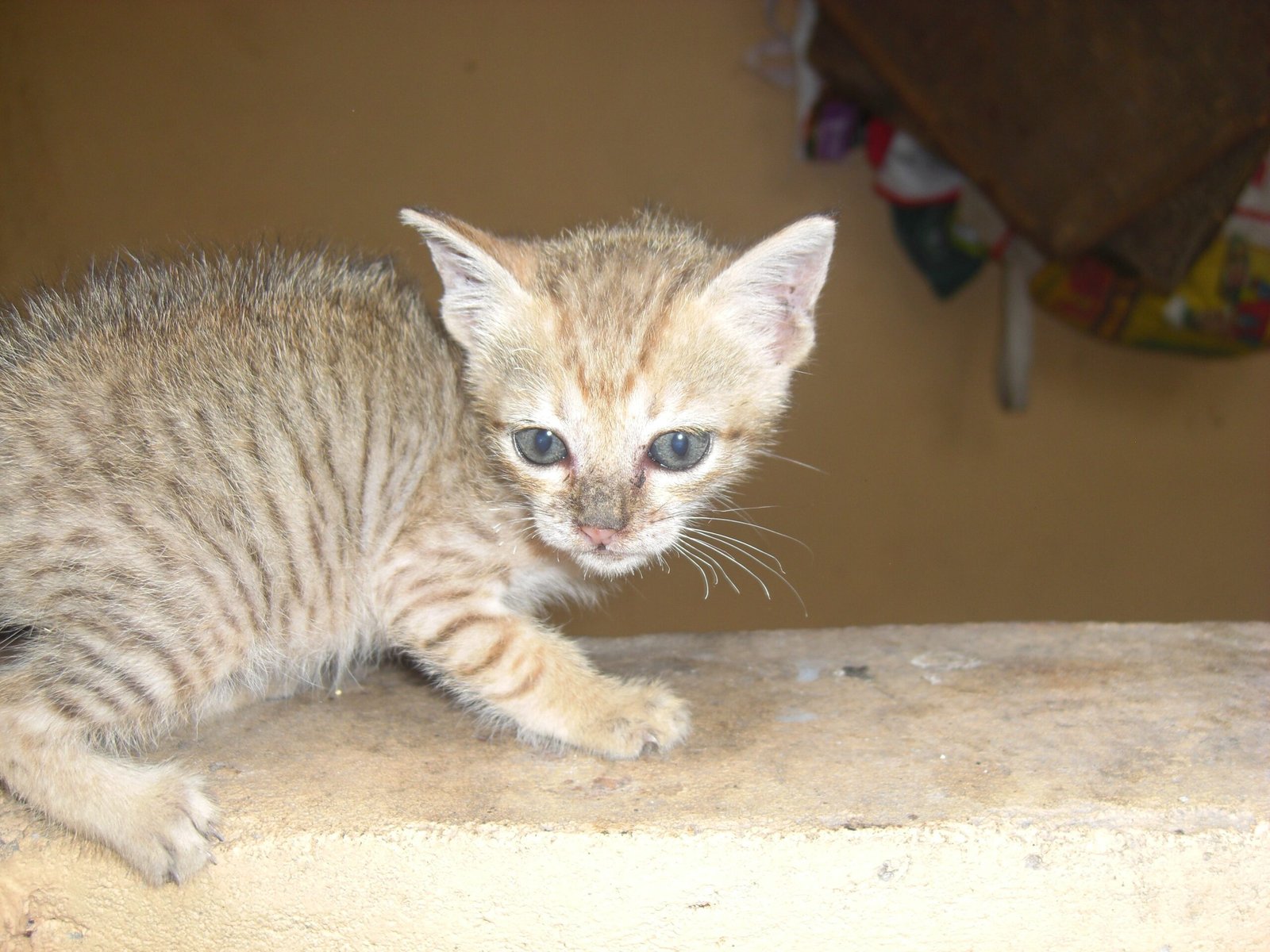
The emotional benefits of a strong attachment between a cat and their human are mutual. Cats provide companionship, comfort, and stress relief to their chosen person. In return, the human offers love, care, and a sense of security. This reciprocal relationship enhances the well-being of both parties, creating a harmonious and fulfilling bond. The emotional connection between a cat and their human is a testament to the power of love and companionship.
Common Misconceptions About Cats
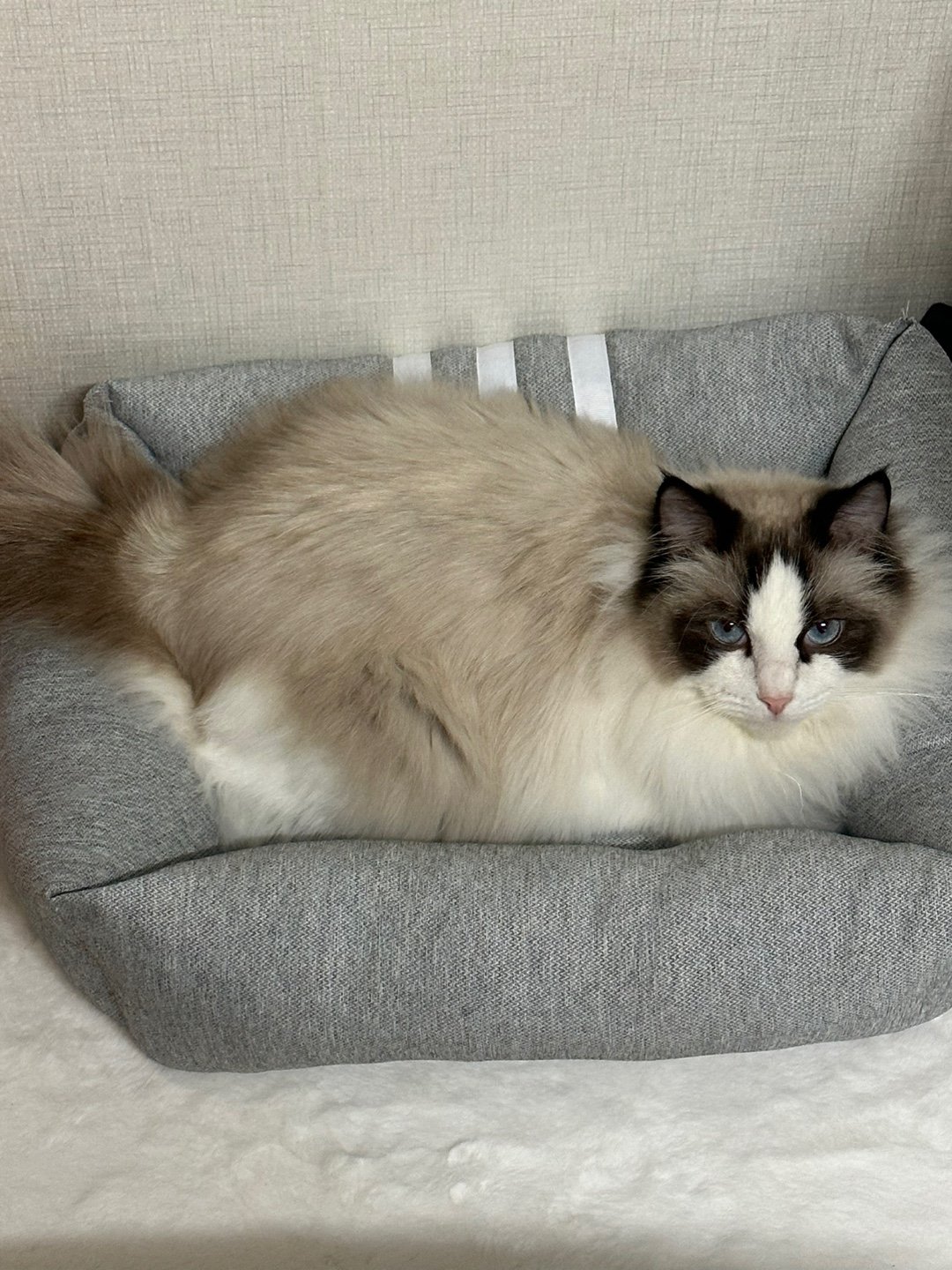
There are several misconceptions about cats that can cloud our understanding of their emotional lives. One common myth is that cats are indifferent to their owners and only care about food. In reality, cats are capable of deep emotional connections and can form strong bonds with their humans. Another misconception is that cats are solitary animals that don’t require social interaction. While cats may enjoy alone time, they also thrive on companionship and affection.
Factors That Influence Attachment
Several factors can influence a cat’s attachment to a person. These include the cat’s personality, early socialization experiences, and the quality of interactions with their human. Additionally, environmental factors, such as changes in routine or household dynamics, can impact a cat’s attachment style. Understanding these factors can help cat owners create a nurturing environment that fosters strong bonds with their feline companions.
Building a Strong Bond With Your Cat
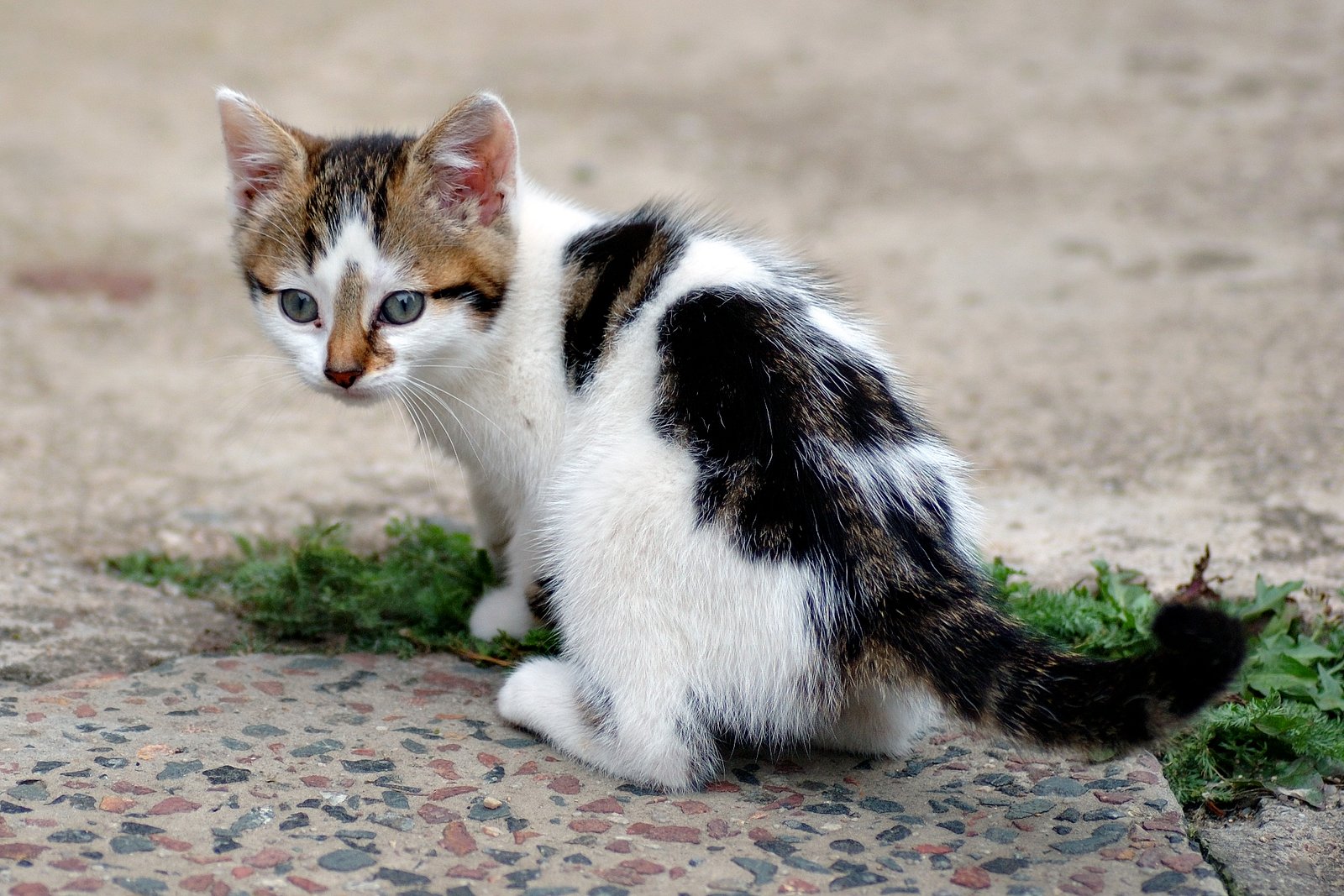
Building a strong bond with your cat requires time, patience, and understanding. Spend quality time engaging in activities your cat enjoys, such as playtime or grooming. Respect your cat’s boundaries and allow them to approach you on their terms. Consistency and positive reinforcement are key to fostering trust and attachment. By nurturing a loving and supportive environment, you can strengthen the bond with your feline friend.
The Importance of Patience
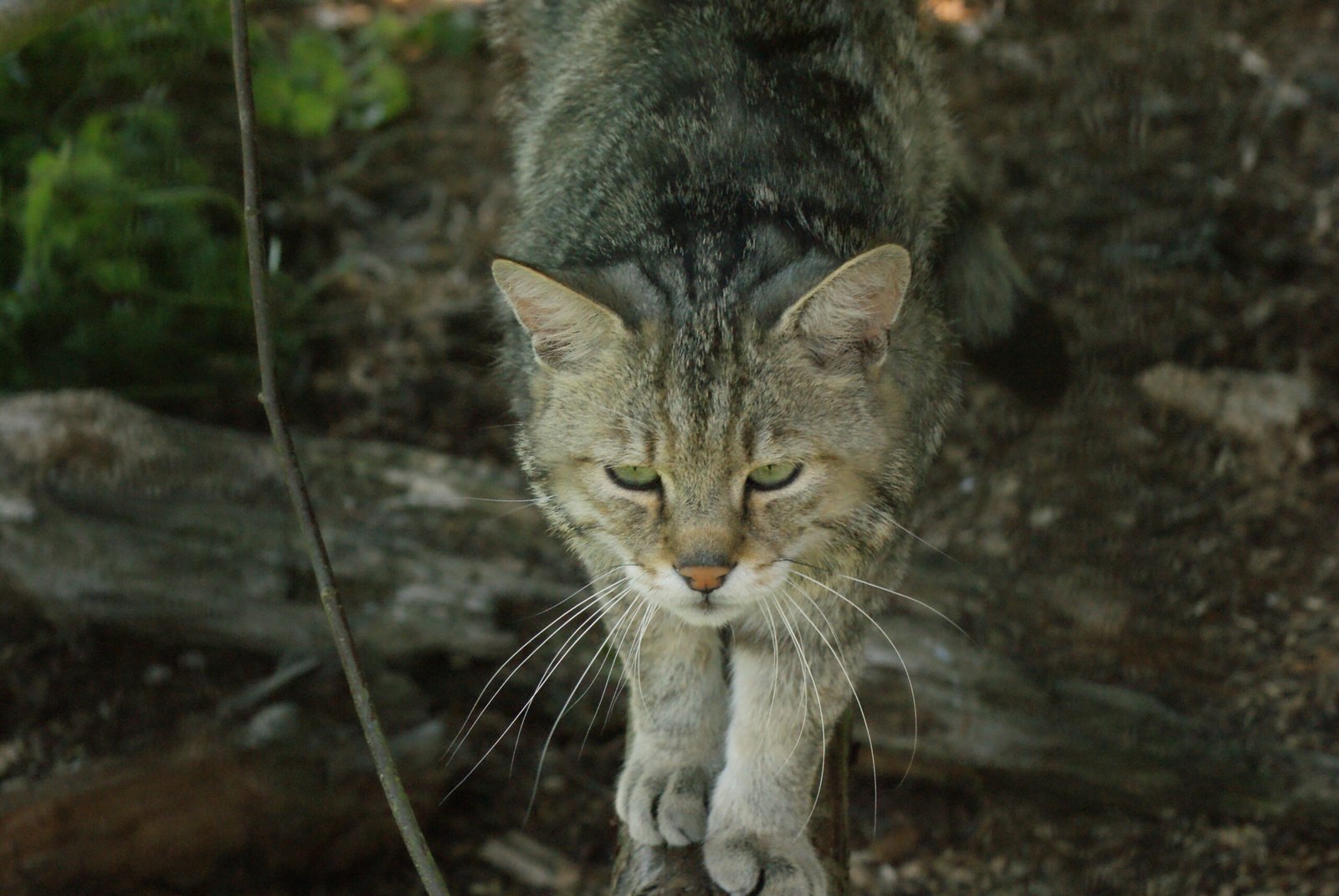
Patience is essential when it comes to building a strong attachment with a cat. Each cat is unique, and some may take longer to warm up to a person than others. It’s important to respect a cat’s pace and not force interactions. Allowing a cat to come to you on their terms fosters trust and creates a positive association. With time and patience, even the most reserved cats can develop deep emotional bonds with their chosen human.
When Cats Form Multiple Attachments
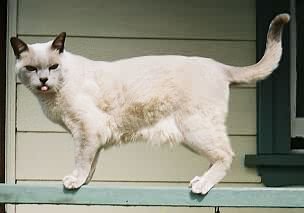
While some cats may form a strong attachment to one person, others are capable of bonding with multiple individuals. Cats that are socialized and exposed to different people from a young age are more likely to form attachments with multiple humans. These cats may seek attention and affection from various household members, spreading their love and companionship. Understanding that cats can form multiple attachments helps appreciate their social nature.
The Joy of a Special Bond
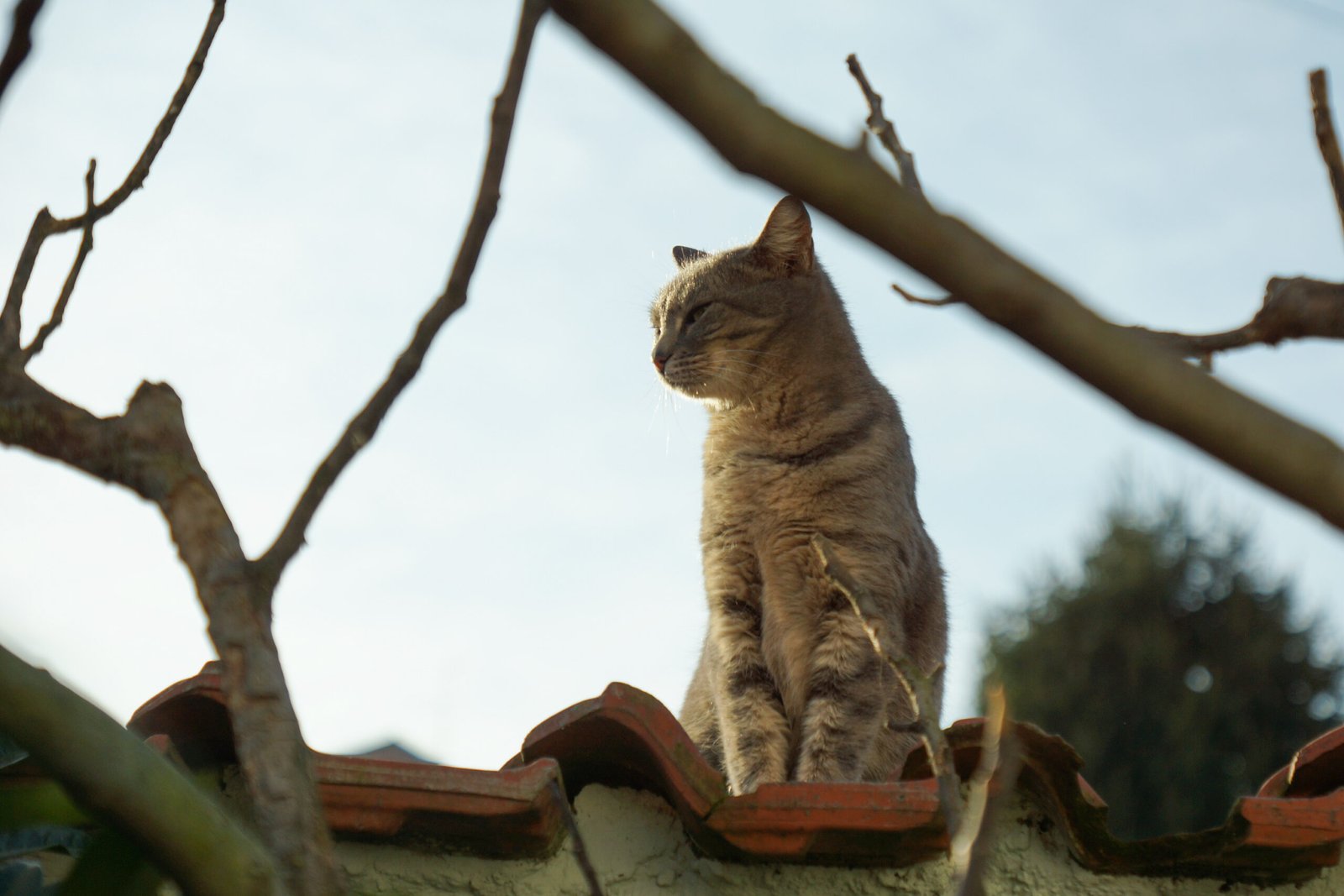
The joy of a special bond with a cat is a unique and rewarding experience. Cats bring warmth, comfort, and companionship to their chosen person, creating a deep sense of fulfillment. The bond between a cat and their human is built on trust, love, and mutual understanding. For cat enthusiasts, this special connection is a testament to the emotional depth and richness of feline companionship.
The question of whether cats get emotionally attached to one person more than others is a complex one. While some cats may form strong bonds with a single human, others are capable of spreading their affection to multiple individuals. Understanding the factors that influence feline attachment allows us to appreciate the unique and varied nature of these bonds. Whether your cat is a one-person feline or a social butterfly, the love and companionship they offer are truly special.
Hi, I’m Bola, a passionate writer and creative strategist with a knack for crafting compelling content that educates, inspires, and connects. Over the years, I’ve honed my skills across various writing fields, including content creation, copywriting, online course development, and video scriptwriting.
When I’m not at my desk, you’ll find me exploring new ideas, reading books, or brainstorming creative ways to solve challenges. I believe that words have the power to transform, and I’m here to help you leverage that power for success.
Thanks for stopping by, Keep coming to this website to checkout new articles form me. You’d always love it!





